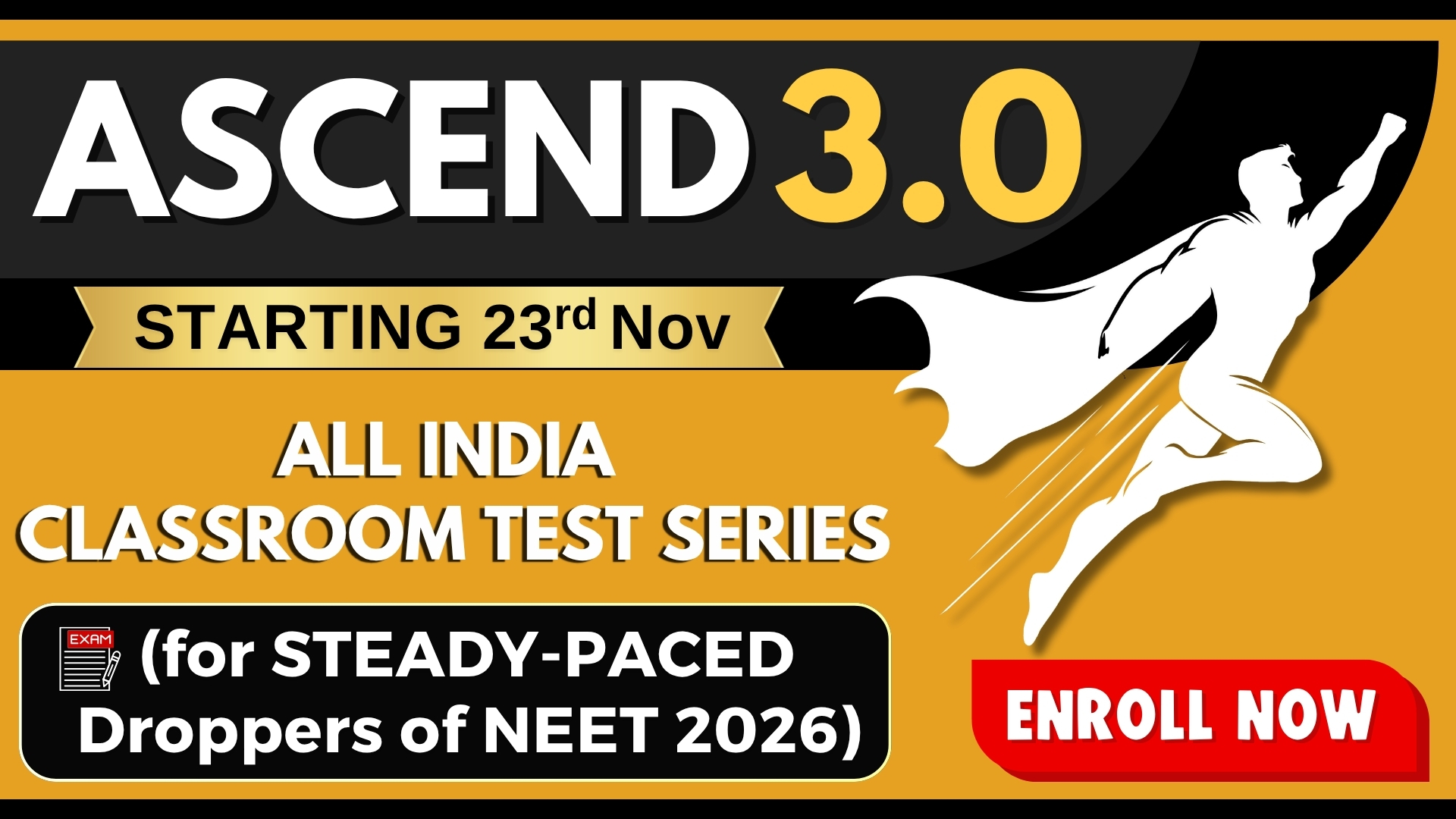Products of the following reaction
CH3CC-CH2CH3 ... are
1. CH3CHO + CH3CH2CHO
2. CH3COOH + CH3COCH3
3. CH3COOH + HOOC-CH2CH3
4. CH3COOH + CO2
Which alkene on ozonolysis gives CH3CH2CHO and CH3COCH3?
| 1. |  |
| 2. | \(\mathrm{CH}_3 \mathrm{CH}_2 \mathrm{CH}=\mathrm{CHCH}_2 \mathrm{CH}_3\) |
| 3. | \(\mathrm{CH}_3 \mathrm{CH}_2 \mathrm{CH}=\mathrm{CHCH}_3\) |
| 4. |  |
The major organic product formed from the following reaction


| 1. |  |
| 2. |  |
| 3. |  |
| 4. |  |
1.
2.
3.
4.
Benzoic acid gives benzene on being heated with X and phenol gives benzene on being heated with Y. Therefore, X and Y are respectively
1. Sodalime and copper
2. Zn dust and NaOH
3. Cu and sodalime
4. Sodalime and zinc dust
Which one of the following on oxidation gives a ketone?
1. primary alcohol
2. secondary alcohol
3. tertiary alcohol
4. All of these
A carbonyl compound reacts with hydrogen cyanide to form cyanohydrin which on hydrolysis forms a racemic mixture of -hydroxy acid. The carbonyl compound is
1. acetaldehyde
2. acetone
3. diethyl ketone
4. formaldehyde
Consider the following transformations
CH3COOH ABC The molecular formula of C is
1.
2.
3.
4.
A and B in the following reactions are 


1. A=, B=NaOH
2. A=
3. A=
4. A=
| 1. |  |
| 2. |  |
| 3. |  |
| 4. |  |
The product formed in aldol condensation is
1. a beta-hydroxy acid
2. a beta-hydroxy aldehyde or a beta-hydroxy ketone
3. an alpha-hydroxy aldehyde or ketone
4. an alpha, beta unsaturated ester
Consider the following reaction,
PhenolXYZ
The product Z is
1. toluene
2. benzaldehyde
3. benzoic acid
4. benzene








